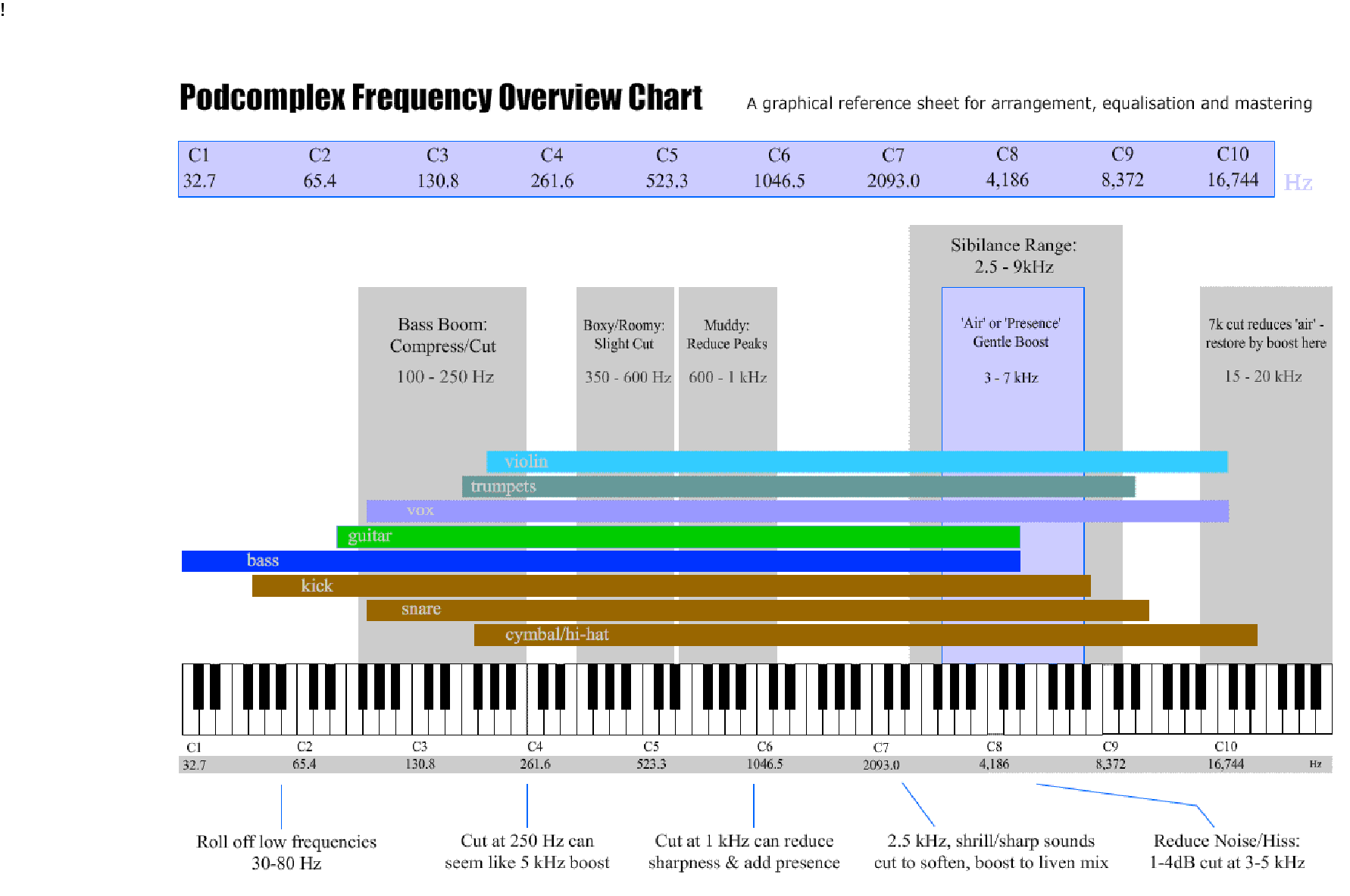
Recorded pop, rock, R&B, hip-hop and country music usually have a relatively modest dynamic range - typically around 10 dB, although there are exceptions. Dynamic Range and Musical GenreĪll music has some degree of level fluctuation, but some genres tend to have broader dynamic ranges than others. With both specifications, the higher the number, the better. SNR instead computes the difference between the standard operating level of the unit and the noise floor. As we said, DNR measures the ratio between the loudest possible peak without distortion and the quietest one before noise (typically hum or hiss) is audible. Although the two are similar, they don’t get calculated the same way. When it comes to audio gear specs, dynamic range (DNR for short) is often confused with Signal-to-Noise Ratio (SNR). Eventually, if you keep pushing up the volume, it will distort enough to degrade the sound, but where that point may be is a matter of opinion. In fact, analog audio often sounds better when it’s slightly overloaded and creating saturation. That’s because if the signal is overloading the circuit, it doesn’t necessarily worsen the sound quality, as it does with digital audio. You can think of 0 dBFS as an impenetrable ceiling turning up the volume squashes the signal up against it, producing unpleasant digital distortion that you’ll hear once it’s converted back to analog for playback.Ĭalculating distortion in an analog component is not nearly as precise.
#Music spectrograph decibel range full
Headroom is the range above the average operating level before distortion.ĭigital audio has an absolute limit of 0 dBFS (decibels full scale). The greater its dynamic range, the more headroom the component will have. For equipment such as receivers, speakers and headphones, this is calculated as the ratio between the loudest sound that a unit can produce and the quietest one before noise becomes audible (the “noise floor”). 24-bit digital audio has a theoretical dynamic range of 144 dB, but no playback system can equal that … nor would you want it to, considering that 120 dB SPL is the threshold of pain!Īudio gear that reproduces music also has a dynamic range. For example, the dynamic range of a 16-bit / 44.1 kHz CD is over 90 dB - slightly greater than the range of human hearing. Note that the decibel scale is logarithmic, not linear, so the difference between 30 dB and 120 dB is even more significant than it looks. For context, the human auditory system has a dynamic range of about 90 dB a person with healthy hearing can perceive everything from a whisper (roughly 30 dB) to a jet taking off (120 dB). The dynamic range of any recording is defined as the ratio of the loudest peak to the quietest, expressed in decibels (dB). In a similar fashion, singers typically go from louder to softer from section to section or even word by word. The variations in dynamics between each beat are what give the roll its feeling and musicality. If they did, it would sound like a machine gun, not a drum. For example, when a drummer plays a roll, they’re not hitting every beat at the same volume. On a more granular level, dynamics are a big part of musical and vocal technique. The variations can be subtle, like an increase in instrumentation on the second verse, or they can be more obvious, like a breakdown section (where most of the instruments drop out) after a loud chorus.

Just as a painter or photographer contrasts light and shade, a musical artist, songwriter or producer crafts arrangements that vary in volume and intensity to create drama.

Conversely, if the difference between loud and soft is too small, the music will sound squashed and might even be fatiguing to your ears, particularly when listened to at high levels. A song that provides noticeable variations in level is almost always more engaging than one that stays pretty much the same from start to finish.īut if a song has too wide a dynamic range, you won’t hear the quiet parts clearly without the loud parts being uncomfortably loud. Impactsĭynamics are one of the essential ingredients - along with things like melody, harmony and rhythm - that make music pleasurable and compelling to listen to. In this article, we’ll explore the concept in detail and also explain why dynamic range is so important to the enjoyment of listening to recorded music. Audio gear also has a distinctive dynamic range, though in this case the term describes the boundaries of what that piece of equipment is capable of producing. Every piece of music has a certain dynamic range, meaning the difference between the loudest and softest passages.


 0 kommentar(er)
0 kommentar(er)
